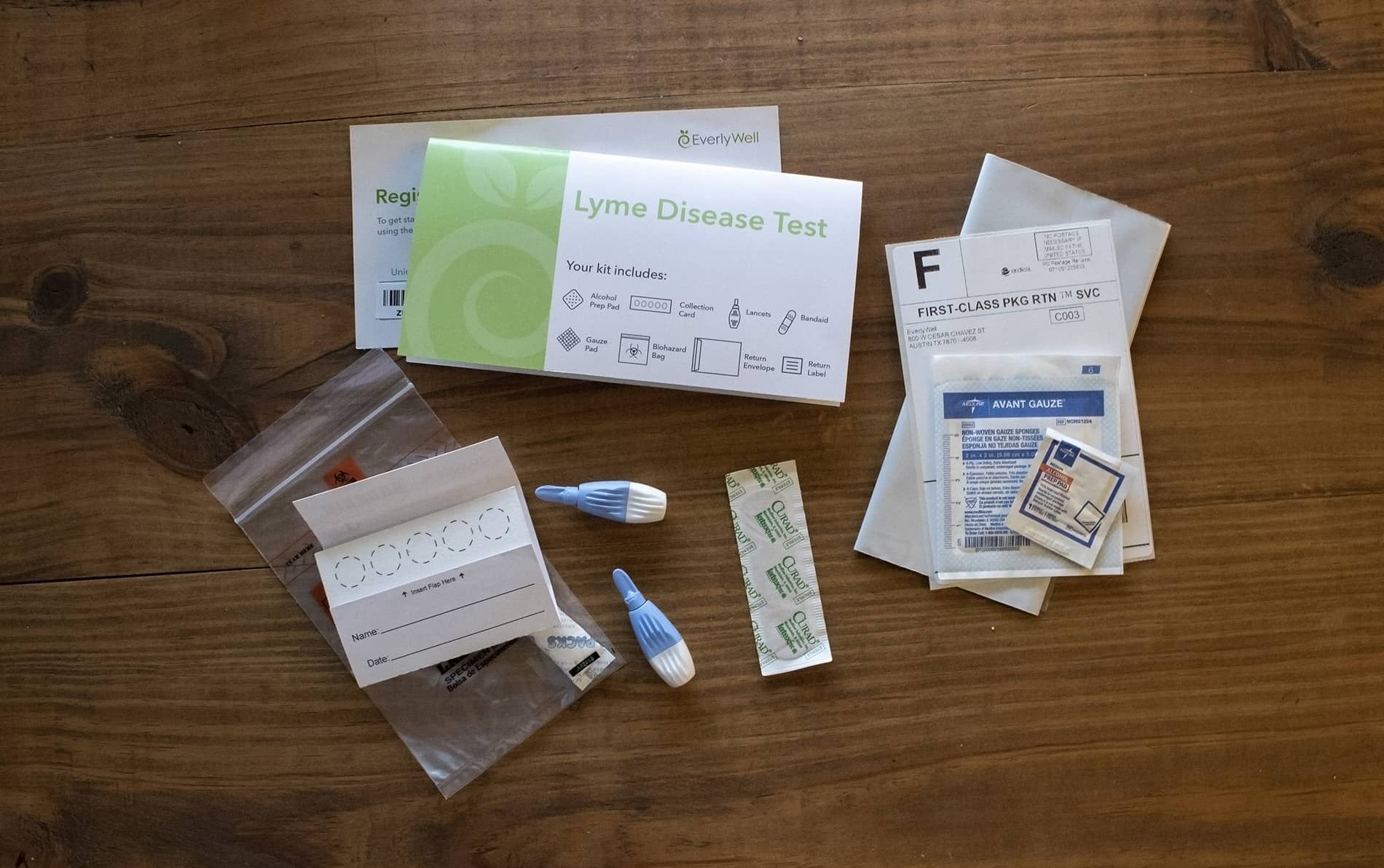
Who's at risk of Lyme disease?
Are you in a part of the United States where Lyme disease occurs? If so, it might interest you to know that some people in these regions of the country are especially at risk of Lyme disease because they’re more likely to come in contact with ticks (Lyme disease is transmitted by blacklegged ticks).
 States in green have especially large populations of ticks that carry Lyme disease bacteria.
States in green have especially large populations of ticks that carry Lyme disease bacteria.
So who – exactly – faces a higher risk of Lyme disease in these areas of the U.S.? Keep reading to find out! (Bitten by a tick recently and experiencing concerning symptoms? You can screen for indicators of Lyme disease with the Everlywell at-home Lyme test.)
1. You live in a suburban or rural area
According to studies which compare people with a Lyme infection to uninfected populations, you’re more likely to get Lyme disease if you live in a suburban or rural area [1]. This makes sense considering that ticks tend to live where there’s a fair amount of vegetation (especially wooded areas). So if there are woods near your property, be sure you take steps to prevent tick bites!
Also, research suggests that the presence of deer around one’s property is associated with a higher risk of Lyme disease [2, 3]. (Blacklegged ticks are also called “deer ticks” because they often attach themselves to white-tailed deer.)
2. You work outside
Ticks live in the great outdoors, so you’re at a higher risk of getting bitten – and getting Lyme disease – if you work outside. Multiple studies suggest that people who work outdoors – such as forestry workers – are roughly 5x more likely to get Lyme disease than those who work indoors [4].
What’s more, this increased risk applies to both rural and urban workers [5].
3. You go hiking often
Hiking can be an enjoyable and rewarding experience, but it can come with a higher risk of Lyme disease. One study found that hiking for 5 or more hours a week is linked with a greater chance of Lyme disease [6]. Other research shows that 4% - 6% of the 2,500 or so people who hike the Appalachian Trail every year are subsequently diagnosed with Lyme disease [7].
(Planning a hike this summer? Here’s what to do if you’re bitten by a tick.)
4. You go hunting
Hunting can put you right in the line-of-fire of Lyme disease [8]. This isn’t just because you’re directly exposed to ticks in the vegetation you venture through: ticks will also attach themselves to hunting dogs – which further heightens the risk that a tick will bite you [9].
Fortunately, regular tick checks – of both yourself and your dogs – can help prevent that from happening.
5. You spend time gardening
There’s some evidence that gardening for several hours a week bumps up the risk of Lyme disease [10].
But wearing protective clothing – like gloves, long-sleeved shirts, long pants, and rubber boots – can help stop ticks from biting you in the first place.
Summary
- You’re at risk of Lyme disease if you’re in the Northeast or Mid-Atlantic (from northeastern Virginia to Maine), North Central states (especially Wisconsin and Minnesota), or the West Coast (particularly northern California).
- You’re at a greater risk of Lyme disease if you live in a suburban or rural area – or you work outdoors.
- You may also be at a higher risk of Lyme disease if you hike, hunt, or garden.
- If you’re experiencing symptoms of Lyme disease, consider checking for indicators of a Lyme infection with the Everlywell at-home Lyme Disease Test.
